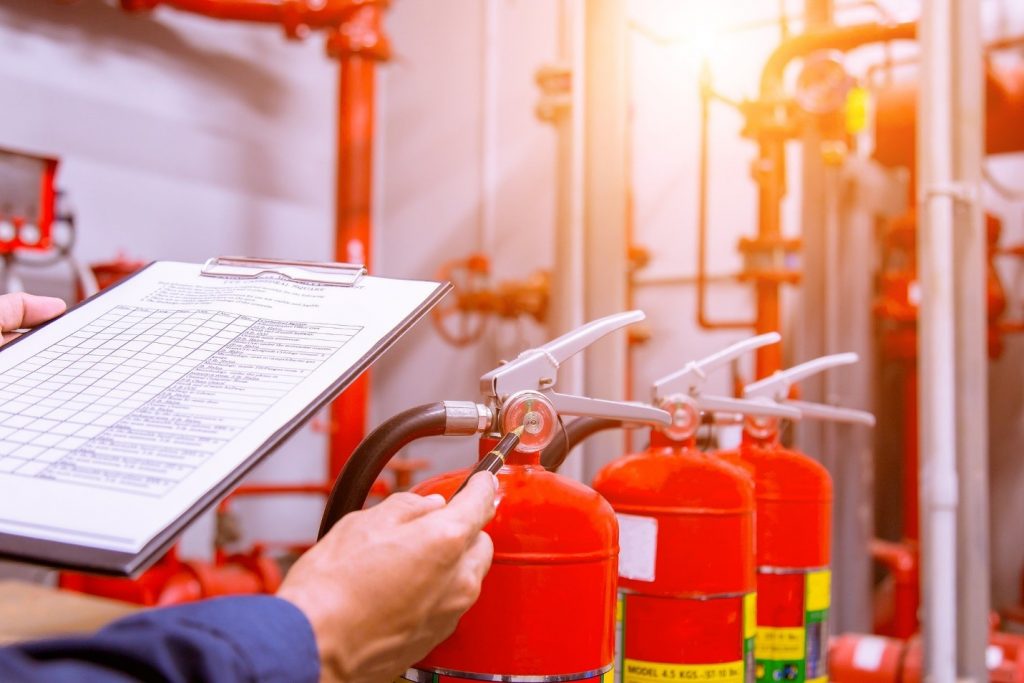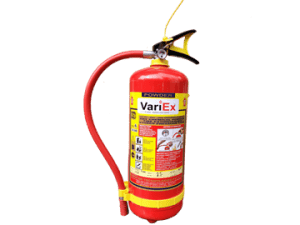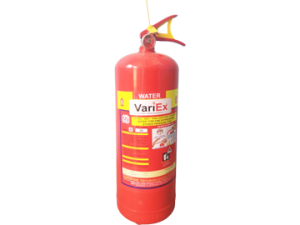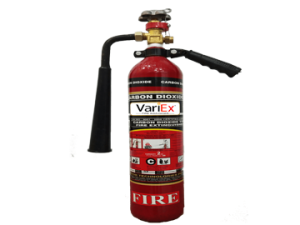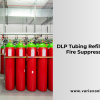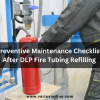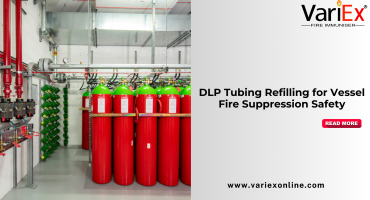Refilling a fire extinguisher is like giving it a fresh supply of its firefighting power. A pro fire safety company has all the tools and know-how to do this for you. Here's how it works: They pump in the special stuff that puts out fires into the canister. Then, they make sure there's no leftover air inside and pressurize it. That way, if there's a fire, the extinguisher is ready to do its job. The technician in charge makes sure the pressure gauge shows everything is good to go once the refill is done.The Refilling Process of fire extinguishers
The steps taken by certified technicians to guarantee that your trusty fire extinguisher is always primed and ready for action.
Professional Inspection: Before the refilling journey begins, a certified technician conducts a thorough inspection of the fire extinguisher. This step is crucial to identify any visible damage, corrosion, or issues that might affect its performance. Think of it as a health check for your safety sidekick.
Discharge Test (if applicable): For extinguishers that have been used before, a discharge test is performed to ensure that the device still functions correctly. If the extinguisher hasn't been discharged, the technician checks the pressure gauge to determine whether a refill is needed.
Selecting the Right Extinguishing Agent: Not all fires are the same, and neither are extinguishing agents. The technician selects the appropriate extinguishing agent based on the type of fire the extinguisher is designed to combat. This precise matching ensures the extinguisher is well-equipped for its specific firefighting duties.
Refilling: With the correct extinguishing agent in hand, the technician proceeds to refill the fire extinguisher. This step requires precision to achieve the optimal fill level, guaranteeing that the device is fully charged and ready for use.
Pressure Adjustment: Ensuring the right pressure within the fire extinguisher is crucial for its proper functioning. The technician adjusts the pressure to the manufacturer's recommended levels, a critical step in maintaining the extinguisher's effectiveness.
Replacement of Parts: Worn-out or damaged parts, such as hoses, O-rings, and seals, are replaced during the refilling process. This proactive maintenance ensures that every component is in top condition, contributing to the overall reliability of the extinguisher.
Final Inspection: Before declaring the mission accomplished, the certified technician conducts a final inspection. This involves a meticulous review of all components, confirming that the extinguisher is restored to optimal working condition.
Certification: Once the refilling process is successfully completed, the technician provides a certification that attests to the extinguisher's compliance with safety standards and regulations. This certification is not only a record of the maintenance performed but also an assurance of the extinguisher's reliability.
In conclusion, This proactive approach is not just a checklist item; it's a commitment to the well-being of your home or workplace. It's the conscious decision to ensure that your first line of defense remains unwaveringly prepared for any potential fire hazard. In taking charge of the refilling process, you become a custodian of safety, acknowledging that the reliability of your fire extinguisher is not just a convenience but a necessity. Your role extends beyond the mechanical act of refilling; it encompasses a broader responsibility to safeguard those under your care. As you engage in the ongoing maintenance of your fire extinguisher, you contribute to a culture of safety that permeates your surroundings. Your actions echo a commitment to creating a secure space where the potential impact of a fire is minimized. Refilling your fire extinguisher is more than a task; it's a testament to your commitment to a safer tomorrow. By embracing the proactive approach to fire safety and recognizing your pivotal role in maintaining a safe environment, you ensure that the protective shield of your fire extinguisher remains robust and ready. Stay proactive, stay vigilant, and let safety be the cornerstone of your space.Frequently Asked Questions
1. How often should I recharge my fire extinguisher?
The frequency of recharge depends on usage and the type of extinguisher. Professional inspection and recharge are typically recommended after any use or if the pressure gauge indicates a decrease.
2. Can I recharge a fire extinguisher myself?
While some recharge kits are available, it's recommended to have a certified technician perform the recharge. They ensure proper inspection, use the correct extinguishing agent, and address any potential issues.
3. How do I know if my fire extinguisher needs recharging?
Regular visual inspections and pressure gauge checks are crucial. If the gauge is not in the recommended range, or if there are visible signs of damage, it's time to consider a recharge.
4. Is it necessary to discharge the extinguisher before recharging?
If the extinguisher has been used, discharging any remaining pressure is a crucial step before recharging. It allows for a clean slate and thorough inspection.
5.What happens during a professional fire extinguisher recharge?
Certified technicians conduct a thorough inspection, discharge test (if applicable), refill the extinguisher with the appropriate agent, replace worn-out parts, conduct a pressure check, and provide certification of the recharge.
Final Say
We at VariEx.in or Variexonline.com have mastered the art of designing, installing, inspecting, and fixing automatic sprinkler systems with the help of our in-house team, which is capable of delivering the fire sprinkler services you need, whether large or small and at affordable cost.
To schedule a fire sprinkler installation, or you think our services could benefit your commercial property, contact us online or give us a call at,7829629111
![]()
 Read more +24 November 2023 in Fire Extinguisher
Read more +24 November 2023 in Fire Extinguisher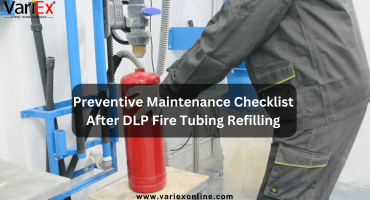 Read more +11 July 2025 in Fire Suppression
Read more +11 July 2025 in Fire Suppression

